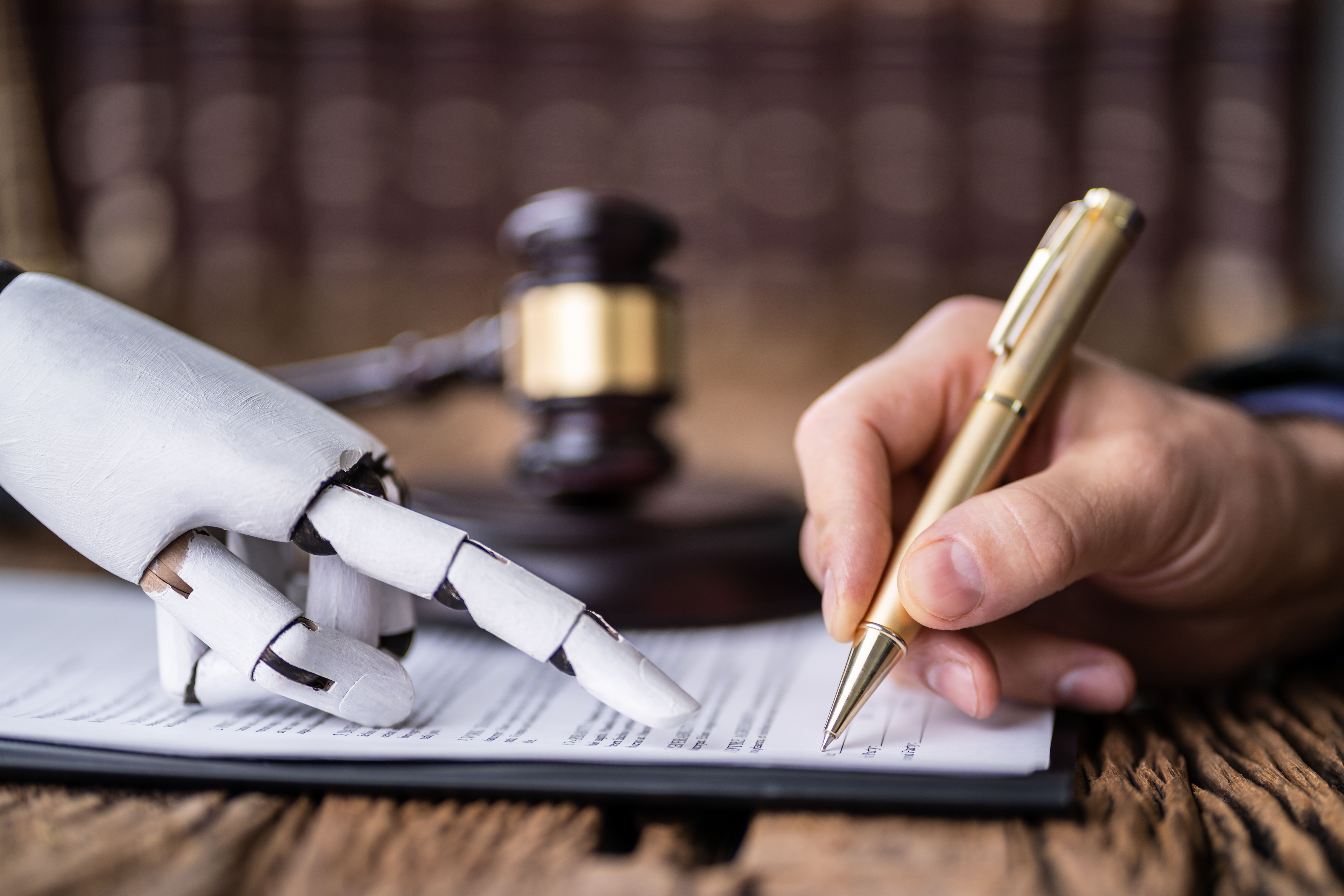I recently came across a post on Education Week – ‘The Secret to Student Engagement’ – written by Chip and Dan Heath. The editors identified it as one of their ’10 Big Ideas in Education’. It’s a short summary of their book ‘The Power of Moments’. Their argument is simple – ‘meaningful experiences … stand out in our memory’. They are moments. Moments will stick with you and colour your experience of events. It started me thinking. And is there any point in creating ‘moments’ in your college classroom? Could we create ‘moments’ in law school? And would creating ‘moments’ improve student performance?
The popsicle hotline and funny safety messages
The Heaths’ book isn’t about law school. It isn’t really focused on school either, although some of the examples they use are taken from US high schools. It’s mostly a book about business. Both of the Heaths are working at business schools. One of their recurring examples is the popsicle hotline at the Magic Castle Hotel in Hollywood.

The Magic Castle looks a lot like a standard motel. But take a quick look at their reviews on TripAdvisor. It will give you an idea of how having the ability to ring for a free popsicle to be delivered to you poolside on a silver tray is a ‘moment’ for so many guests. The other example the Heaths use is about Southwest Airlines’ safety announcements and cabin crew, including funny advice. Both of these ‘moments’ have had a measurable effect on those businesses’ bottom line.
Moments, memory and brown shoes
But what’s essential to the idea of a ‘moment’ is the fact that it creates a tangible and significant memory. The Heaths talk about the concept of a moment being a peak in our day-to-day experience. They are experiences that are unexpected and out of the ordinary.
Moments of elevation transcend the normal course of events; they are literally extraordinary.
 Take, for example, the results of an experiment by Vani Pariyadath and David Eagleman that the Heaths talk about in their book. Pariyadath and Eagleman showed participants repeated images of a brown shoe. But every so often, they threw in an ‘oddball image’ of an alarm clock. Participants reported that the oddball image stayed on the screen for longer than the brown shoe, even though both pictures appeared for the same amount of time. The fact that the clock was out of the ordinary had distorted the participants’ memories.
Take, for example, the results of an experiment by Vani Pariyadath and David Eagleman that the Heaths talk about in their book. Pariyadath and Eagleman showed participants repeated images of a brown shoe. But every so often, they threw in an ‘oddball image’ of an alarm clock. Participants reported that the oddball image stayed on the screen for longer than the brown shoe, even though both pictures appeared for the same amount of time. The fact that the clock was out of the ordinary had distorted the participants’ memories.
Before you ask, no, I realise law school isn’t about brown shoes and clocks. But there is something important about learning and memory to improve student performance.
Memory and learning
I’ve talked about how learning is about creating memories that stay with the student in other posts. Rote learning is transient. It doesn’t stick. More than 100 years ago, John Dewey was already writing about the fact that learning by rote wasn’t doing anything to improve student performance except teaching students how to pass tests. Four hundred years before that, John Locke was arguing that repetition taught nothing and students need to have the opportunity to experience and practice. And thirteen hundred years before that Aristotle was explaining that to learn we had to experience.
In short, we have to do to be able to learn in any meaningful and long-term sense.
But, law school still tends to rely heavily on law teachers transmitting information  that students are expected to regurgitate on command. But maybe that’s an opportunity. An opportunity to – what the Heaths call – ‘break the script’. To introduce activities that are out of the ordinary. That is to, even just occasionally, break the monotony of Powerpoints and lecture notes to add something different. What if, by creating law school ‘moments’ – things that are out of the ordinary – we could embed important, life-long ideas about the law?
that students are expected to regurgitate on command. But maybe that’s an opportunity. An opportunity to – what the Heaths call – ‘break the script’. To introduce activities that are out of the ordinary. That is to, even just occasionally, break the monotony of Powerpoints and lecture notes to add something different. What if, by creating law school ‘moments’ – things that are out of the ordinary – we could embed important, life-long ideas about the law?
What are ‘moments’?
In their book, the Heaths argue that moments have four things in common:
- Elevation: Things that rise above the ‘every day’.
- Insight: Those things carry opportunities to reconsider ourselves, our values or our perspective on something.
- Pride: They are events that ‘show us at our best’ through overcoming a challenge.
- Connection: They are events that are shared or play out in front of other people.
If we take a minute to think about it, law school is full of opportunities for moments like these. They are opportunities to step out of the ordinary or expected way of teaching to do something unexpected. And if we link that to ideas about learning through doing, then those moments might become even clearer.
What about some of these examples?
- Mock trials: I’m not just talking about the regular witness examination-type exercise. And moots, while important, have limited opportunities for participation. I’m talking about the complete experience – students taking the roles of counsel, witnesses, judge and jury. What if that happened in a real courtroom. The Heaths use the example of an annual activity in Hillsdale High School in the US called the ‘Trial of Human Nature’.
- Teach civil procedure by actually litigating: I teach civil procedure. We have lectures. But, I organise the whole of the assessment and the seminar program around getting students to litigate a matter to summary judgment. Students learn through doing.
- Invitations to treat: So many contract lectures talk about the products in a store being an ‘invitation to treat’. But how many of us have actually made a counter-offer? What if we challenged students to wander down to the corner store on campus and see what happened when they counter-offered on a chocolate bar? And wouldn’t that be an excellent opportunity to dissect reality and theory?
- Law in museums: We don’t usually put field trips and law school in the same sentence. But one activity I have done with students in constitutional law is to take them to the Museum of Australian Democracy here in Canberra. We visit the Museum’s display on democracy. Rather than taking the tour, I challenge the students to look at the exhibition, provide their summary of it, and then actively critique it based on how the constitution works.
That’s a lot of work…
I agree. Creating law school ‘moments’ is a lot of work. Three of the examples above took a lot of time to design and bring together.
The Heaths talk about the fact that they do not often happen because they are time-consuming and often ‘someone else’s job’. But, they argue, the benefits so often outweigh the disadvantages. And from a learning perspective, these ‘moments’ create a deep, long-lasting memory about essential skills, attributes and ideas and improve student performance.
They might also be the opportunity for collaborative planning that we talked about in another post.
Would you like more information about some of the examples listed above? I would love to hear from you! I am always happy to share lesson plans, mock trial sets and other resources. You can contact me here or by using the contact form below!




